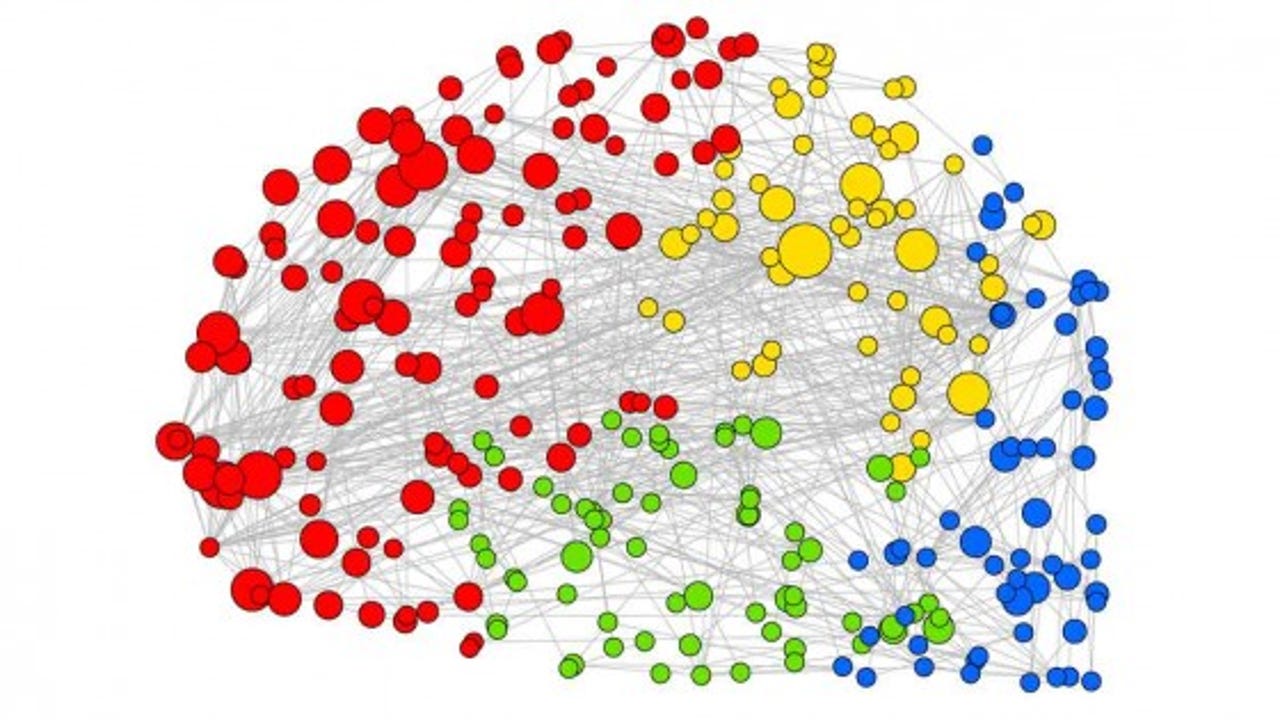Simplifying and streamlining digital workflows

I've been on a bit of a digital social sabbatical for the last couple of months (to the extent we're able to tune out these days). I've always found it valuable to have regular hiatuses from anything that turns into habit and becomes part of the fabric of life — when I return to my previously habitual digital behaviors they often seem very different.
Last century, pre-broadband, for example, I was able to take vacations and get completely away from monitors and keyboards — I can remember coming back to my desk and thinking how quaint Mac OS X 9 was having not seen it after a couple of weeks of travel.

We don't have that luxury today — digital mobility has rendered the workplace omnipresent, and we're usually seconds away from connectivity to work issues. This always-on presence is extended by the realities of global business.
Digital socializing and fraternizing has arguably jumped the shark at this point for many people who had previously spent lots of time on Twitter and other networking services, and there are pretty significant parallels between the dot com bust and the no-profits-yet Cloud/Software as a Service bubble analysis you can find on sites such as Seeking Alpha.
Featured
TV has historically been accused of dumbing life down and making the exotic mundane and overly accessible. The downside to the non existent barriers to publishing and sharing online in the late middle age of the social networking narcissism boom have arguably taken trivializing and reductionism to new lows.
Against this promiscuous digital suburbia, where people have gradually accepted being reduced to endlessly responding and acknowledging by clicking emotionally two dimensional 'like' buttons on each others 'posts' and pictures, the maturing parallel universe of collaboration work methods and associated technologies continues to have differentiation challenges.
Paychecks and management tend to focus employee minds wonderfully, but vendor hype paralleling their enterprise networking tools with recreational digital socializing has made it hard for many in business to differentiate value propositions.
The problem of broadcasting and not listening has arguably reached crisis proportions on Twitter where it's increasingly hard to tell who is human and who is a bot. The sheer volume of narcissism, coarsening of language, lack of genuine empathy and shared materials attributions has made the obsessive drive for 'followers' seem particularly hollow. Twitter's IPO soufflé is being inflated with the promise of marketing millions gained through TV viewers interacting in real time around broadcast content, which may mutate mass use models away from the early adopters conversational style.
Designing enterprise collaboration now has to tackle all the above digital socializing habits in participants' head on in order to differentiate and get to the business value goals that are possible with well-designed ways of working underpinned by appropriate technologies.
One of the smaller challenges is what to call the well organized digitized collaborative workplace to counter all the casual crud the individual focused social web has devolved into. We've reached fuzzy buzzword exhaustion around a topic, which is deceptively complicated and increasingly important.
Bloomberg Enterprise Technology Summit
I would argue the pillars of the Digital Enterprise — mobile, cloud, analytics, increased data flows, security — should be centered around modern enterprise social collaborative software platforms. We've had Enterprise 2.0, Social Enterprise (Salesforce's 2011 horseshoe vision around the customer), Digital Transformation and Social Business as past descriptors.
I now run the strategic aspects of HP's Global Social Business Services team — more on this in another post — and have found using relatively old language which has lost most of the vendor hype shiny new terms tend to come with can be helpful to focus minds.
Using bland old descriptors such as 'Enterprise Collaboration' helps people wrap their minds around how to orchestrate complex blends of digital workflows and associated technologies.
Not everyone is at the cutting edge of daily breaking tech launches, news and trends — the vast majority of working people are more involved in attempting to get on top of mismatched technology layers to achieve their business goals.
The goal of successfully simplifying and streamlining businesses to achieve a tightly calibrated, seamlessly interconnected global digital enterprise that is tuned for contexts is far more important than what you call it.